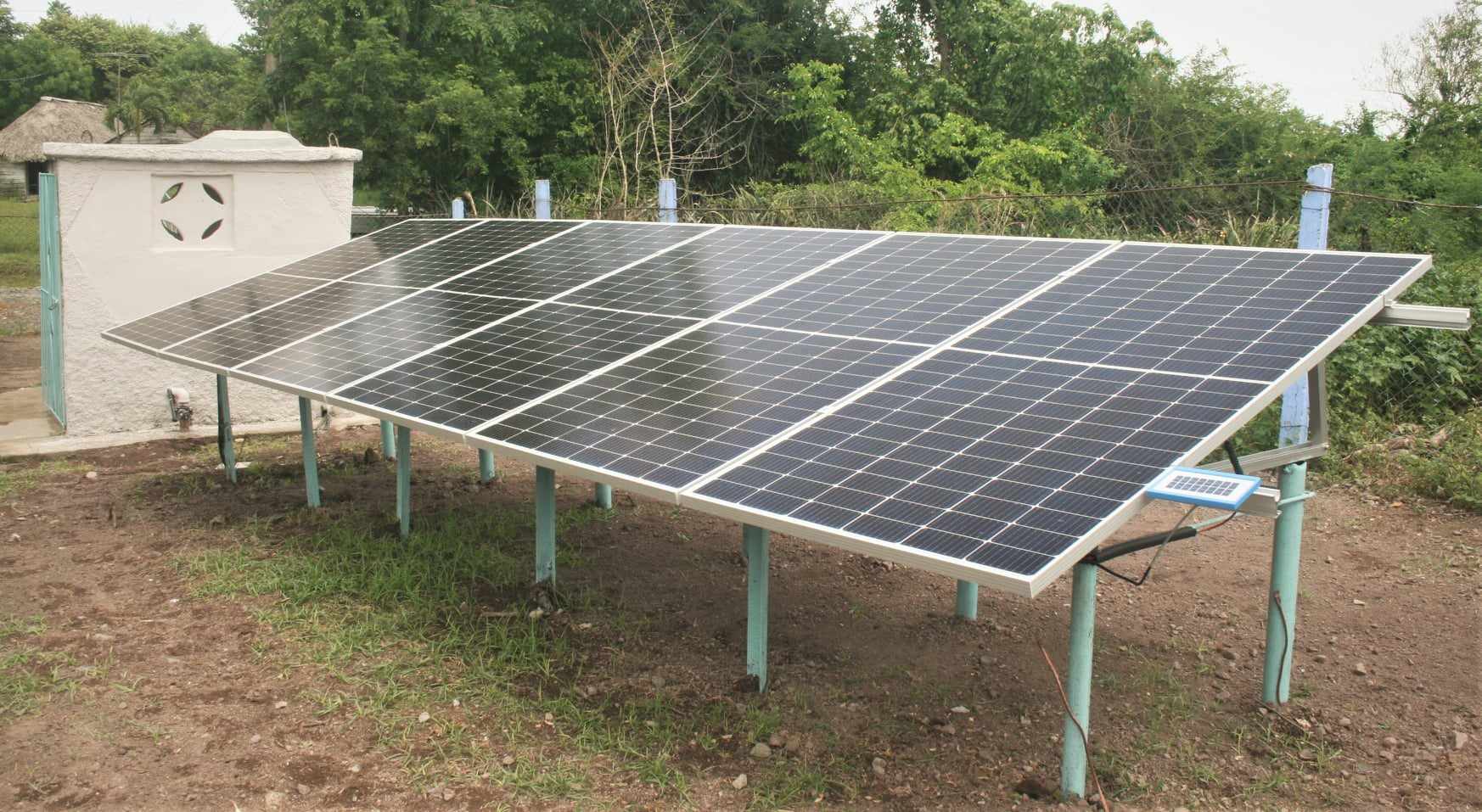
Nilda Marcelo Rodríguez is the coordinator of the Armando Rodríguez Durán School, an educational institution that houses 53 children from preschool to sixth grade in the community of Río Ramírez, in Las Parras, Majibacoa.
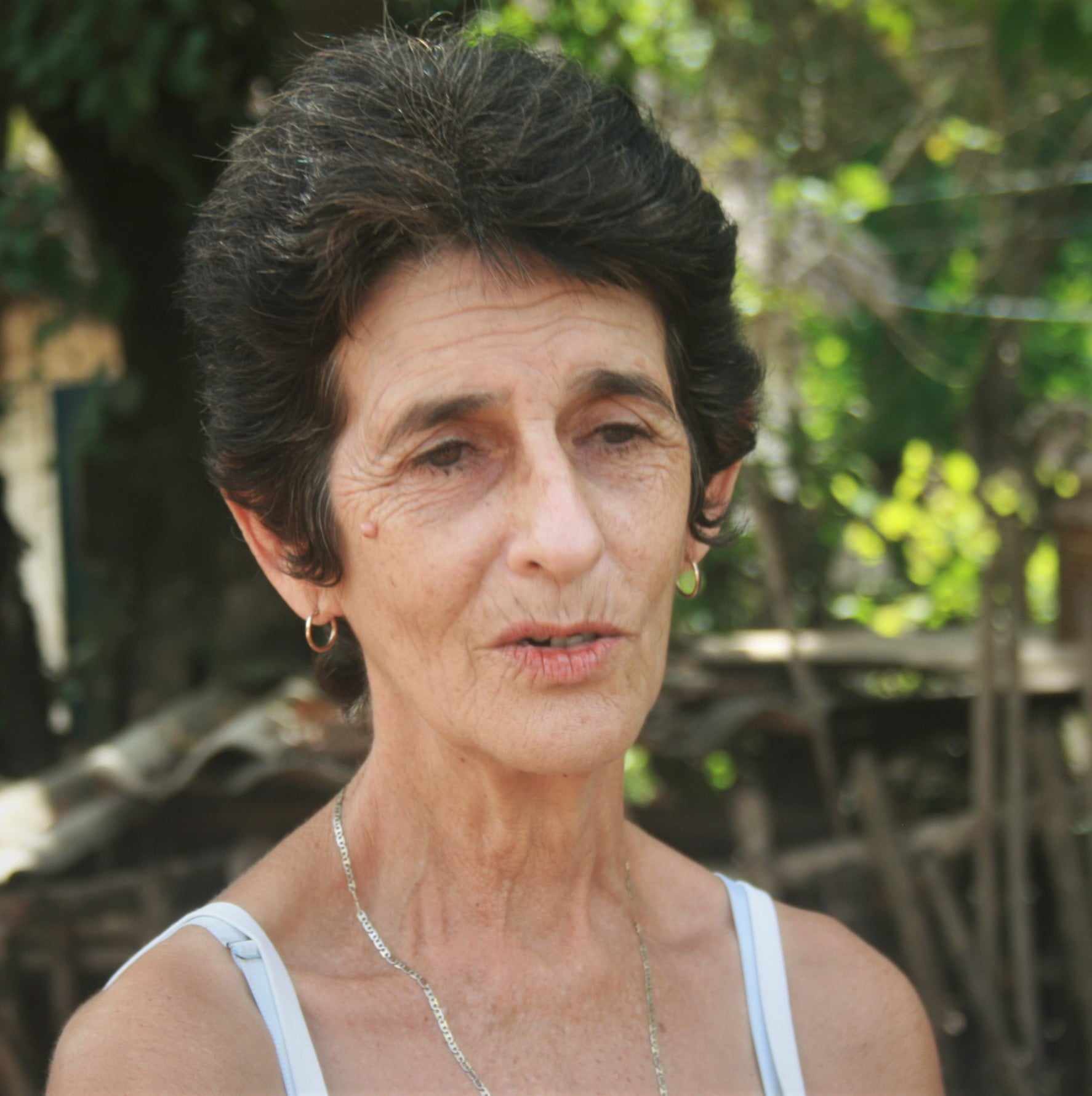 The school has a well, depressed for months and now showing cloudy water, typical of the gradual recovery after a brutal drought, and they also have a cistern.
The school has a well, depressed for months and now showing cloudy water, typical of the gradual recovery after a brutal drought, and they also have a cistern.
The latter supports the bulk of the school's vital activities, and has not escaped the fuel and supply crisis that persists in these lands; that is why they have had to wait up to a month for the conditions to fill it and alleviate the daily life of the pioneers and workers of the school.
Nilda's eyes shine when she tells us about the change in the energy matrix in those parts because now, thanks to this, the school already receives water through the aqueduct; and the recently painted hut and the solar panels that must be looked after like gold are the concrete proof that, after four years without receiving the service except through pipes, life is improving in those places.
We talked to her just three days after the pumping station was put into operation and at a time when work is being insistently carried out on the recovery of the hydraulic network that will provide services from this place to around 140 people. At the moment, the benefit reaches only seven houses and, besides the school, the doctor's office, and the family's small market.
LAS TUNAS, DELAYS IN TIMES OF CRISIS
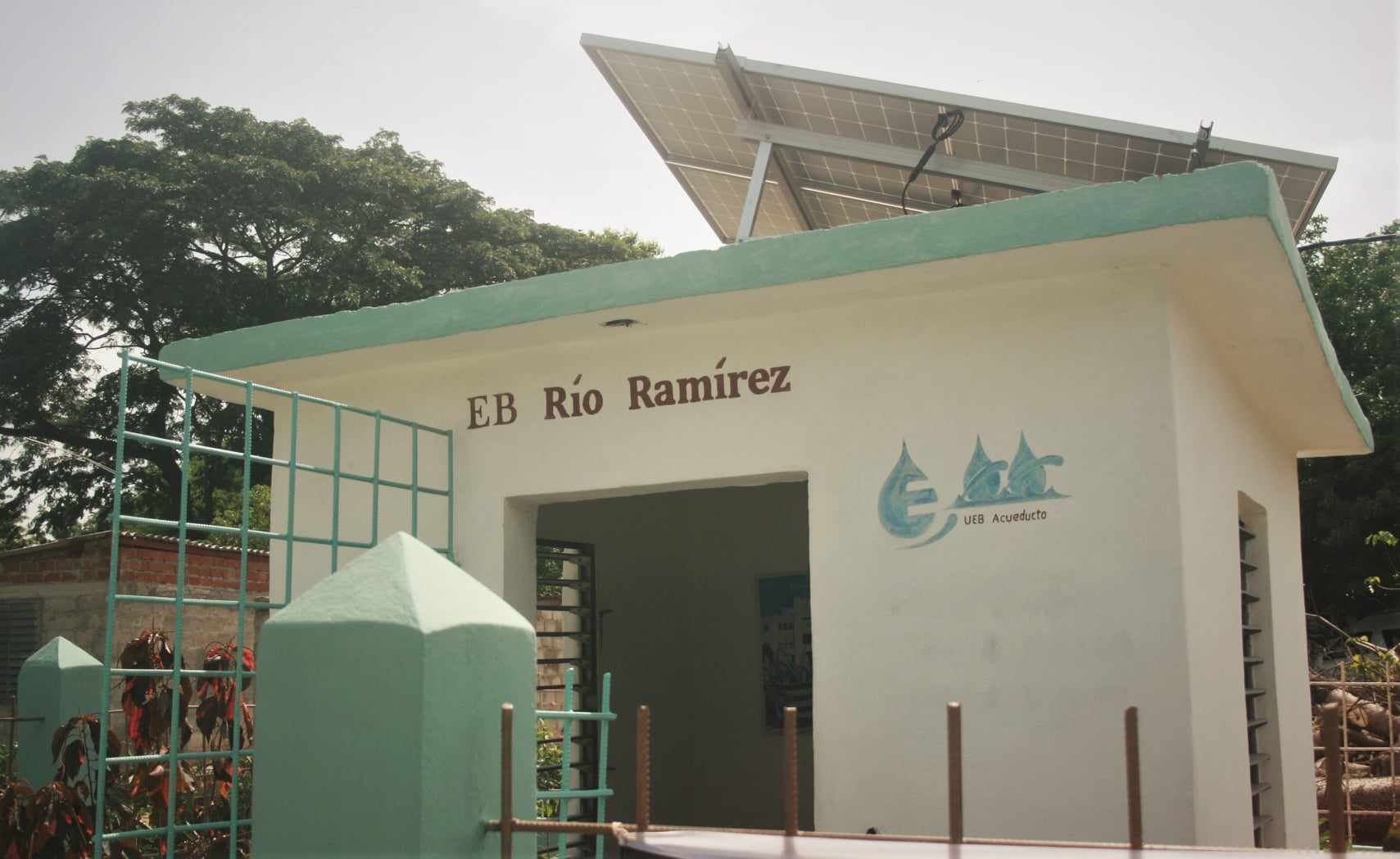 The recent sessions of the Cuban Parliament also devoted space to the sensitive issue of water supply to the population and the investments that are being made in the country in this regard.
The recent sessions of the Cuban Parliament also devoted space to the sensitive issue of water supply to the population and the investments that are being made in the country in this regard.
Following the speeches and also through exchanges with sector executives, we learned that nine provinces and the special municipality of Isla de la Juventud are benefiting from the first stage of the change in the energy matrix.
Las Tunas is one of them and, unfortunately, it is among the most backward in Cuba in the installation work; to the point that of the 146 stations planned for the change of matrix in these lands (a stage that the country intends to successfully close in October this year) only 22 had been put into operation until the closing of these lines, a figure that does not even represent half of the enclaves chosen for the improvements.
Nor does this start-up mean that they are all in sustained operation. According to what Oscar Carralero, the director here of the Empresa Provincial de Acueducto y Alcantarillado, told the press by telephone, three of those already installed have electrical problems associated with the controller and two others cannot provide services yet because they need to rehabilitate networks that have been inactive for years and have been victims of theft, deterioration, and similar issues.
This means, briefly analyzing the data offered by the executive, that at least five of these 22 stations do not yet represent improvements in the communities; and this, regrettable for multiple reasons, is also a burden for places where the population has turned fully with the illusion of receiving water in the short or medium term in a stable manner.
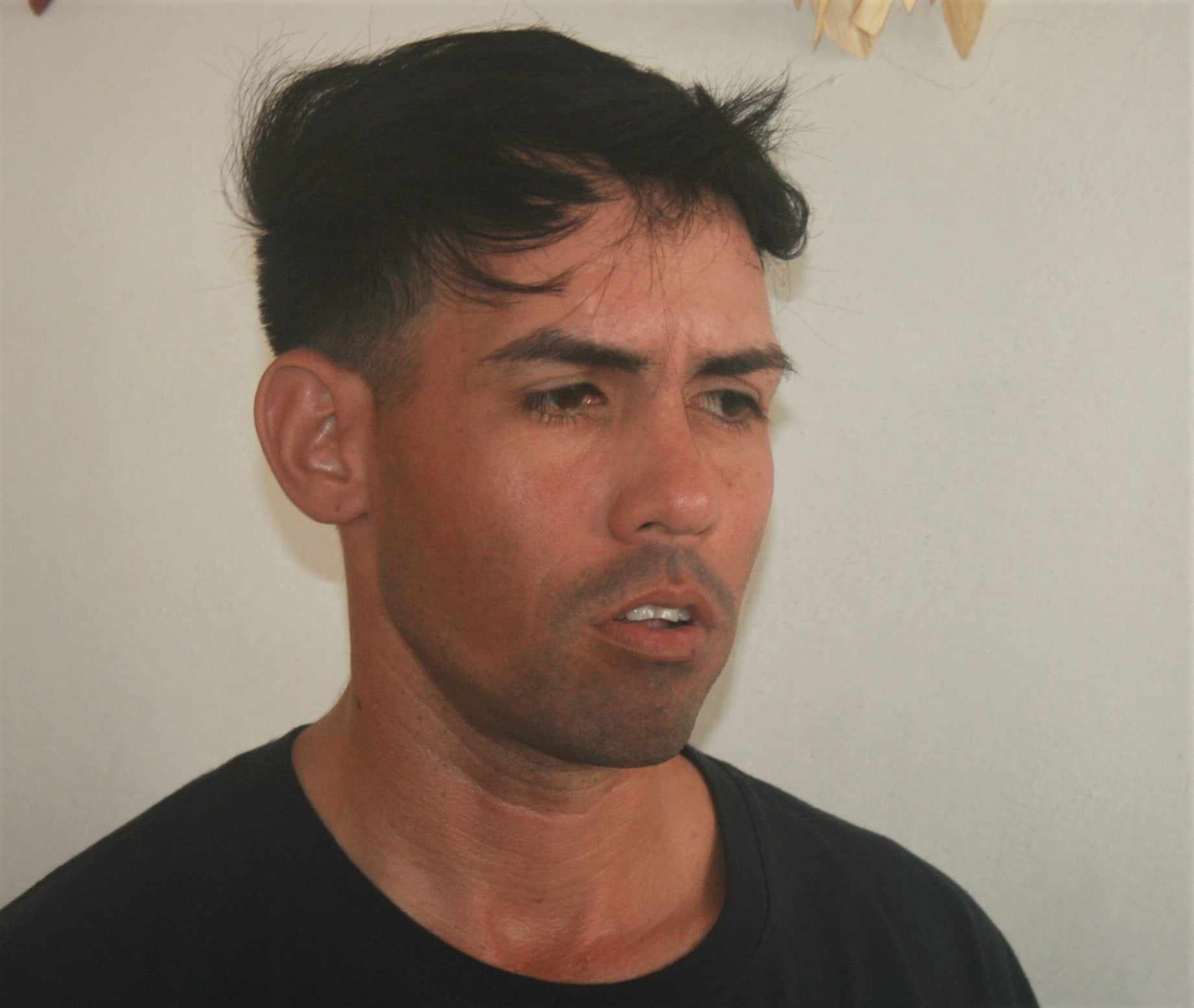 And we are not talking about just any places. Equipment of up to 10 kilowatts is being installed in isolated, sparsely populated areas, most of which have had broken pumping equipment for years and have had piped water supply as the only way for too long.
And we are not talking about just any places. Equipment of up to 10 kilowatts is being installed in isolated, sparsely populated areas, most of which have had broken pumping equipment for years and have had piped water supply as the only way for too long.
Marco Antonio Sánchez Pérez, a specialist in Rational Use of Energy in the Provincial Directorate of Aqueduct and Sewerage, assured 26 that the biggest problem of the works is in the resources that are necessary to make the assembly of the bases of the panels, in addition to fuel and transportation to reach places that are difficult to access.
"We feel a bit alone. We need the governments in each municipality and the Water Resources workers to be more committed to the task; for example, we are going to make an assembly concrete and there are missing resources that depend on others. Moving forward in this way is more complex."
***
Organization and teamwork seem to be the great deficiencies of this gear in Las Tunas; because it is useless to report every Monday on the progress of the installation to the national authorities and to follow from there, with extreme meticulousness, schedules, and tasks, if here, even within the same committed entities, some are on the sidelines of processes like this, vital, and that necessarily hover around them.
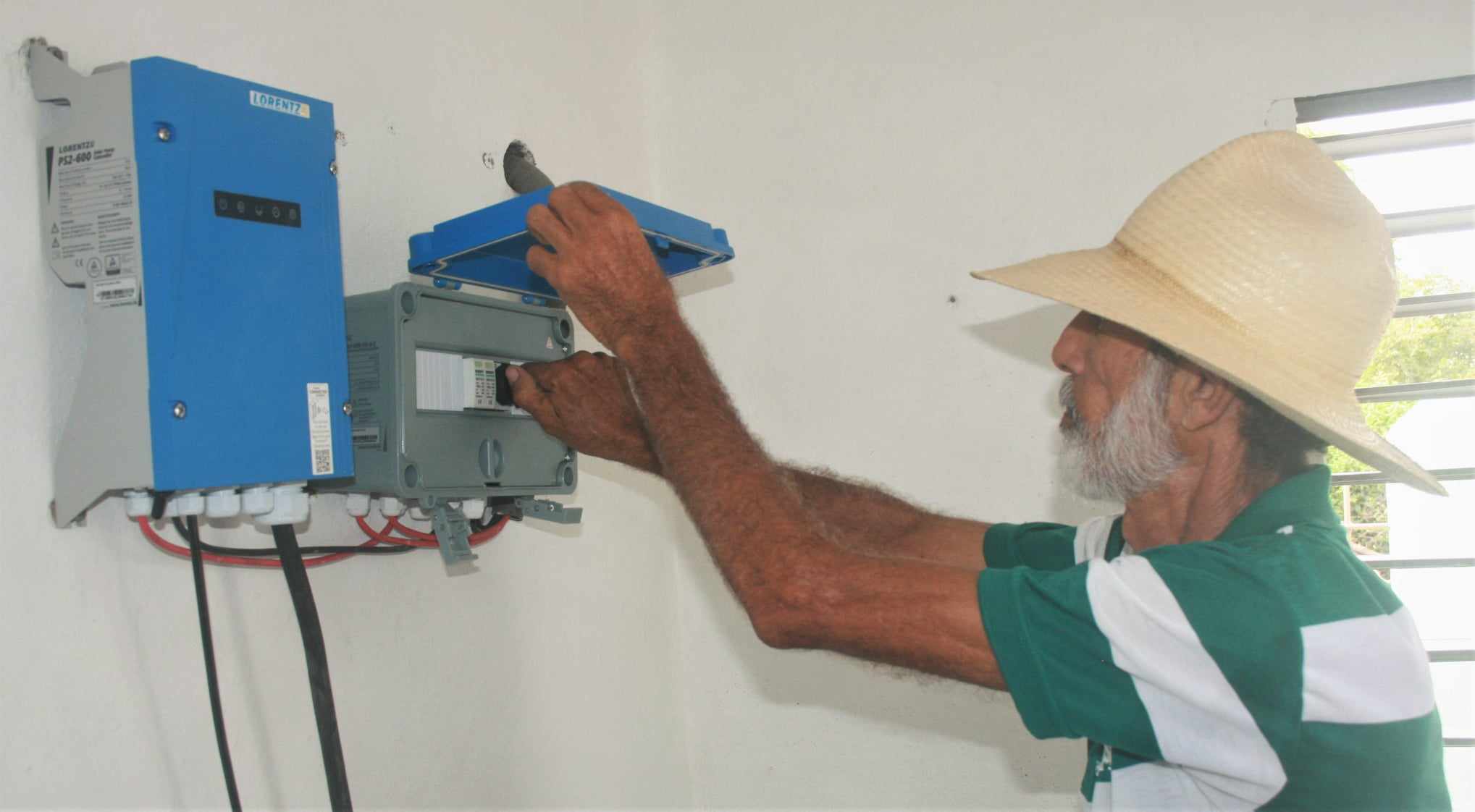 When the province achieves the operation of the 146 stations planned in this stage, about 73 thousand kilowatts of current will be saved every month and, the best part, about 11 percent of those who should receive water through the aqueduct networks will have evident benefits.
When the province achieves the operation of the 146 stations planned in this stage, about 73 thousand kilowatts of current will be saved every month and, the best part, about 11 percent of those who should receive water through the aqueduct networks will have evident benefits.
Many are already doing so, there are, in parts of the territory the 26 team, noble, and hard-working people who now wear a broad smile because, with the magic of the solar panels, water has reached their homes once again, has not yet reached that.
There could be many more and, with everyone's commitment, especially the effort in the land itself, the goal is possible.





